Coronary Angiography
Coronary Angiography is an invasive procedure designed to take pictures (or angiograms) of your coronary arteries. These are the arteries that supply blood and oxygen to the heart muscle.
The purpose of the angiogram is to assess whether there is any narrowing in the coronary arteries that may be producing your symptoms or causing impaired blood flow to the heart muscle. The angiogram is the most accurate method whereby the exact location and nature of the blockages in the individual arteries to the heart muscle can be assessed. The test is necessary before any definitive procedure can be recommended to relieve the obstruction, such as coronary angioplasty stents or coronary bypass surgery.
The Coronary Angiography Procedure
The procedure is usually performed from the right wrist by puncturing the radial artery which is the artery that supplies blood to the forearm. The test can also be done from the groin. The exact approach will be determined by a variety of considerations and the doctor will decide on the best approach on the day of your procedure.
Once an appropriate access point is selected the area around the artery is anaesthetised with local anaesthetic which is injected into the skin and the tissues around the artery. Next a very small incision is made over the artery in the skin and the artery is then punctured with a needle and fine wire is threaded through the needle into the artery. Over this a short plastic tube called a sheath is positioned into the artery. This has a valve at the end outside the body that prevents bleeding from the artery. Once the sheath is in position the long catheters (or plastic tubes) will be fed up into your heart arteries to enable us to inject x-ray dye and take the angiograms.
Once the sheath is in place there should be very little discomfort during the rest of the procedure. The passage of the catheters from the wrist or groin up the aorta towards the heart is generally completely painless. Sometimes there will be a sensation up the forearm and this is not alarming. The individual catheters are then positioned in the mouth of the coronary arteries and x-ray dye is injected by hand down the tube and filling the coronary arteries. Once this occurs x-ray movies or angiograms are taken.
Several different pictures will be taken and the x-ray camera will move above you into different positions to allow different views of the arteries to be taken to best assess the extent and number of narrowing’s in your coronary arteries. Usually, 8 or 9 pictures of the coronary arteries are taken.
The final picture involves placement of the catheter inside the heart which is then used to fill the heart with x-ray dye and assess the pumping ability of the heart muscle. This picture produces a hut flush that travels all over the body and last 15 – 20 seconds.
Once this picture is taken the catheters are removed and you will be transferred from the Catheterisation Laboratory to the recovery area where a nurse will remove the sheath from your artery and exert pressure over the puncture site to allow the blood to clot and seal the hole in the artery. There may be a plastic wrist band placed on the puncture site. You may have the artery closed with a plug in the Cath Lab if they go through the groin. You will then be kept lying in bed for 2 – 6 hours before being allowed to mobilise out of bed.
Generally, the angiogram is very well tolerated. The major source of discomfort involves a local anaesthetic injection and sheath insertion at the beginning of the procedure. This is usually of short duration.
Sometimes during injection of the coronary arteries you may develop angina pain in the chest, a burning in the throat or a metallic taste in the mouth. These symptoms are usually transient but should be bought to the attention of the doctor performing the angiogram. Sometimes the x-ray dye can induce nausea and vomiting.
Although overall, an angiogram is a safe procedure there is the potential for quite serious complications. Fortunately, these complications are rare, and they can occur perhaps 1 in 1,000 coronary angiograms. Very rarely patients can suffer a stroke, a heart attack or even death during a coronary angiogram. Rarely cholesterol material and debris from atherosclerotic plaque in the aorta can be dislodged and block blood flow to the kidneys and other organs.
In addition to the serious complications as mentioned above, the most likely complication after an angiogram is some bruising around the puncture site of the artery. Usually this is very minor but occasionally it can be larger and cause discomfort. Rarely the artery may need to be repaired by the vascular surgeon if you were to develop an occlusion of the access artery. These are uncommon complications after diagnostic coronary angiography, occurring perhaps 1 in 1,000 procedures. A pseudoaneurysm, or localised weakening of the artery may also need attention. It is also possible to have an allergic reaction to the x-ray contrast. A serious reaction is very rare (less than 1 in 10,000). You should inform the nurses and doctor of any allergies you may have particularly to seafood, shellfish iodine or x-ray dye.
As with any test the risks of the tests have been weighed against your underlying problem and the risk that it may pose to your health. It is thought that the risks of the procedure are far outweighed by the risks to your health that can occur from a severe blockage in one of your heart arteries.
Your cardiologist will discuss these issues with you prior to the coronary angiogram. Please use that meeting to discuss any questions or concerns you may have regarding the procedure.
Additional Information Regarding Angioseal / Starclose
- You may have a closure device placed in your groin after the angiogram. This is a special device which may be used to close the arterial opening following an angiogram.
- This device enables quicker recovery than the usual method of pressure and bed rest.
- Should you need to cough, sneeze or strain 12 hours after the angiogram, support your groin.
- Remove the plastic dressing over the site in 24 hours, shower, and pat dry.
- You should not swim or immerse in a bath for 3 – 4 days after the procedure. Shower as normal.
- During your recovery over some weeks, you may feel a “pea like” lump in your groin, this is normal. This will dissolve over the following 3 months.
Discharge Information
- It is recommended that you do not drive a car for 24 hours following your angiogram.
- For 48 hours splint or apply pressure to the puncture site when sneezing or coughing.
- For 48 hours following your angiogram avoid any strenuous activities. This will assist the puncture site to heal properly.
- You should not lift anything heavier than 10kg for 5 – 7 days after the angiogram.
- Observe your puncture site for the next week after your angiogram. You may expect some bruising to develop.
- If there is a plastic dressing over the site, remove the dressing 48 hours after the angiogram.
- If you have increasing pain, redness, or signs of infection, swelling or fluid oozing from the puncture site, or if a lump increases in size please see your GP, or call our rooms for advice promptly.
- Bleeding rarely occurs, apply firm pressure for 10 – 15 minutes or until the bleeding stops and seek medical assistance by phoning or seeing your GP, or our rooms, If there is a lot of bleeding call an ambulance and come to the Mater hospital.
- You should not experience any weakness or altered sensation in the limb (leg or arm) nearest the puncture site. If you do, see your GP, or call our rooms.
- If you take regular daily Aspirin, continue to do so. If you experience general aches and pains take Panadol as required.
- Unless otherwise instructed by your doctor, drink at least two litres of water or fluids the day following your angiogram.
- You can also contact our rooms on 07 4779 0199 for advice.




 Referrals & Patient Enquiries:
Referrals & Patient Enquiries: 


